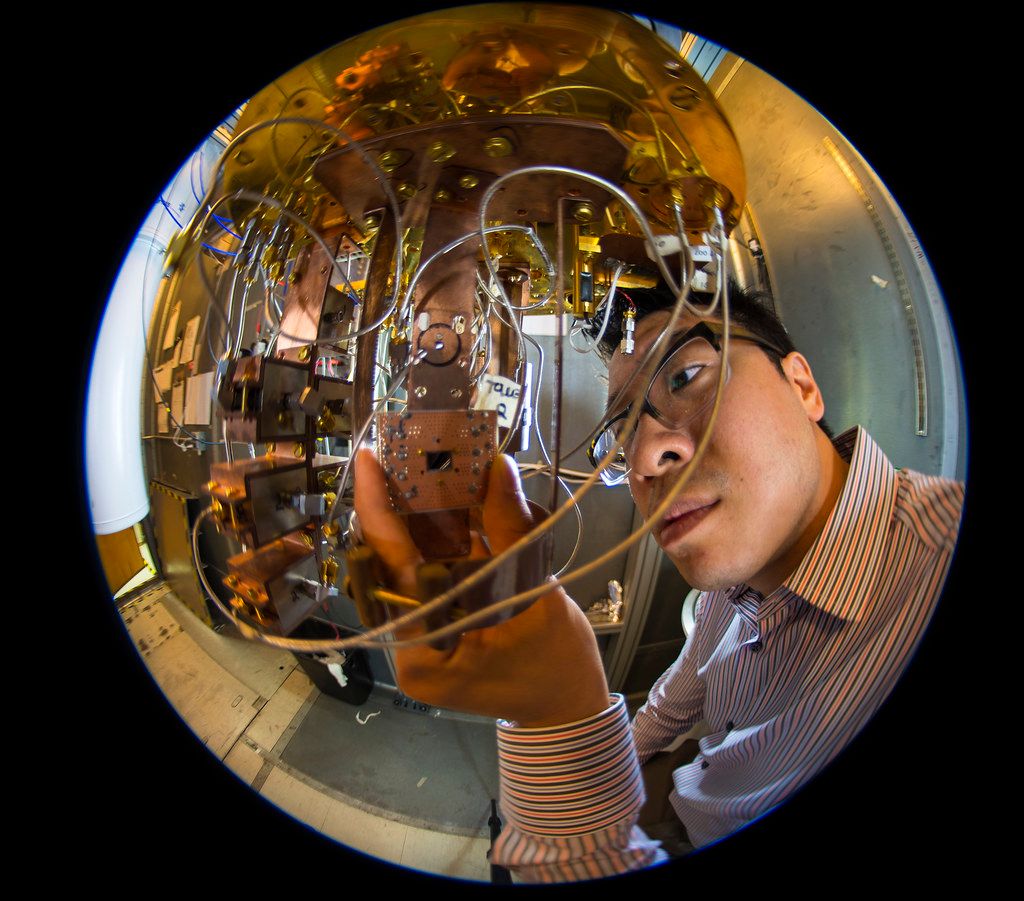Quantum Computing and its Effects on Our Productivity

What is quantum computing? According to the International Business Machines Corporation, “quantum computing harnesses the phenomena of quantum mechanics to deliver a huge leap forward in computation to solve certain problems” (1). In simple terms, quantum computing is the next generation of computer processing that promises to solve extremely complex problems that modern-day computers cannot handle.
So what makes quantum computing any different from the computers that power our Excel spreadsheets and load our YouTube videos? Quantum computing utilizes a phenomena of quantum mechanics called “superposition,” which is crucial to the incredible potential of this technology. Classical computers — the computers all of us are familiar with — utilize traditional binary bits that represent either 0 or 1. Superposition allows for qubits, short for “quantum bits,” that can be both 0 and 1 simultaneously (2). This characteristic may seem trivial, but it allows for extremely efficient computing and processing power. Rebecca Krauthamer, CEO of quantum computing consultancy Quantum Thought, believes quantum computing is akin to a traveler being able to simultaneously take two paths while normal binary computers would require the traveler to take one path and then the other path afterwards, thereby slowing the computation speed of the computer (3). IBM performed a test that puts into perspective just how much faster quantum computers are. The problem involves finding an item in a list of “n” items. If the list had one trillion items and each item took one microsecond to check, it would take a classical computer one week to solve and a quantum computer just one second to solve the same problem (4).
The point is clear: quantum computers are really fast and powerful. It’s because of this speed that quantum computers can completely change the productivity of our societies. In the past several decades, the technology that is computers has transformed our world since its invention, powering us through our modern daily lives, playing a core part in the education, business of every multi-million/billion dollar corporation, and politics. According to the MIT Technology Review, “this is a textbook example of increased productivity” where the utilization of newer or breakthrough technology increased the per-capita production (5). Classical computers currently follow the trend of an observation called Moore’s Law which states that the number of transistors per silicon chip doubles every two years. This prediction has been correctly observed, but the physical limitations of how close we can pack each transistor next to each other will soon cause the density of transistors to stagnate. When Moore’s Law is no longer able to be observed, the stagnation of computer processing power also means the plateauing of all these sectors and industries after decades of exponential growth. Quantum computing can completely change this trajectory of stagnating productivity, as its vastly superior processing power does not follow the traditional method observed by Moore’s Law. While our current productivity with classical computers will eventually reach a cap and be unable to solve some of our world’s problems, quantum computing can theoretically break through previous limitations, and more industries and sectors can take advantage of this technology and the subsequent productivity boost that it brings. As this technology spreads through the economy and becomes increasingly ingrained into our everyday lives, productivity increases, meaning higher wages, higher profits, and lower prices.
Despite the potential of quantum computing, this technology is still in its infancy and currently very unreliable. Quantum computers are extremely difficult to engineer, build, and program. They require extensive cooling systems and are prone to errors called “decoherence,” caused by vibrations and other interactions with the outside environment (6). All of these drawbacks make quantum computing unrealistic in real world operations, meaning that we will probably not be seeing quantum computers or phones in the near future. However, as these problems are solved and quantum computers become more stable and reliable, the impact that the technology will bring to human productivity cannot be underestimated.
Works Cited
- International Business Machines Corporation, “What is Quantum Computing?,” IBM.com
- John Davidson, “Quantum Computing 101: what’s superposition, entanglement and a qubit?,” Financial Review, 27 December 2019
- Stephen Gossett, “Quantum Computing: Everything You Need To Know,” BuiltIn, 28 January 2020
- International Business Machines Corporation, “What is Quantum Computing?,” IBM.com
- Charles C. Mann, “The End of Moore’s Law?,” MIT Technology Review, 1 May 2000
- Scott Pakin, Patrick Coles, “The Problem with Quantum Computers,” Scientific American, 10 June 2019
Works Consulted
- https://www.ibm.com/quantum-computing/what-is-quantum-computing/
- https://builtin.com/hardware/quantum-computing
- https://www.technologyreview.com/2000/05/01/236362/the-end-of-moores-law/
- https://www.afr.com/technology/quantum-computing-101-what-s-superposition-entanglement-and-a-qubit-20191218-p53l2j
- https://blogs.scientificamerican.com/observations/the-problem-with-quantum-computers/



